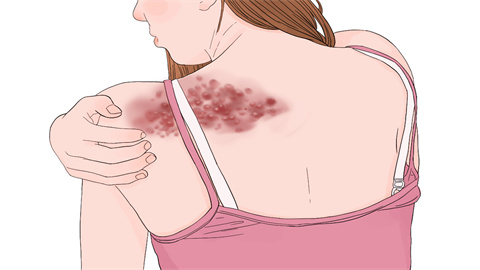Syphilis rash: is it a single lesion or multiple lesions?
Syphilis rash typically appears as a cluster rather than a single lesion. It usually presents as symmetrically distributed rashes, although the specific appearance and extent may vary depending on individual differences and the stage of syphilis. If any abnormalities are noticed, timely medical consultation is recommended. Detailed explanation is as follows:

Secondary syphilis rash commonly occurs 6 weeks to 6 months after infection. It often manifests as symmetrical red spots, papules, or maculopapular rashes on the trunk and proximal limbs. The rash varies in size, typically with diameters ranging from 0.5 to 2 centimeters. The number of lesions is usually high, and they tend to be densely distributed; a single lesion is uncommon. These rashes generally do not cause significant itching or pain, may last for several weeks before resolving spontaneously, and are easily overlooked. However, they are highly contagious and should be promptly recognized.
In rare cases, early syphilis rash might present more locally due to individual variations in immune response. Even in such cases, multiple lesions clustered together are more common than a single isolated rash. If a solitary rash appears on the body without other symptoms of syphilis, it should be differentiated from other skin conditions such as eczema or dermatitis. A single rash alone is insufficient to diagnose syphilis rash.
If syphilis infection is suspected or any unusual skin rash is noticed, it is important to visit the dermatology or sexually transmitted diseases department of a reputable hospital as soon as possible. Serological tests for syphilis and other relevant examinations should be conducted to confirm the diagnosis, and prompt, standardized treatment should be initiated to avoid disease progression.






